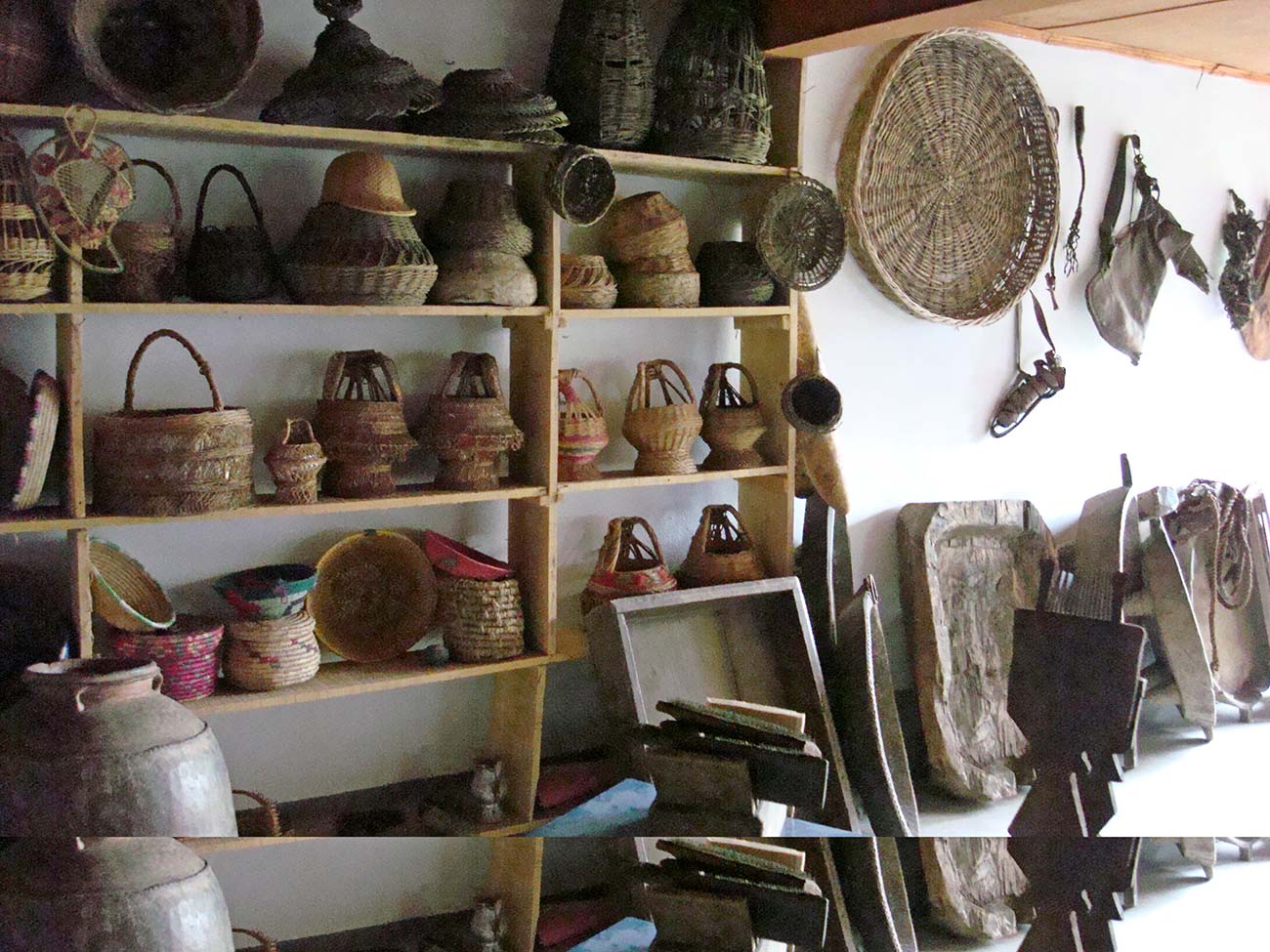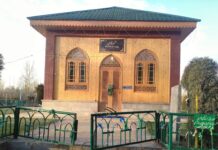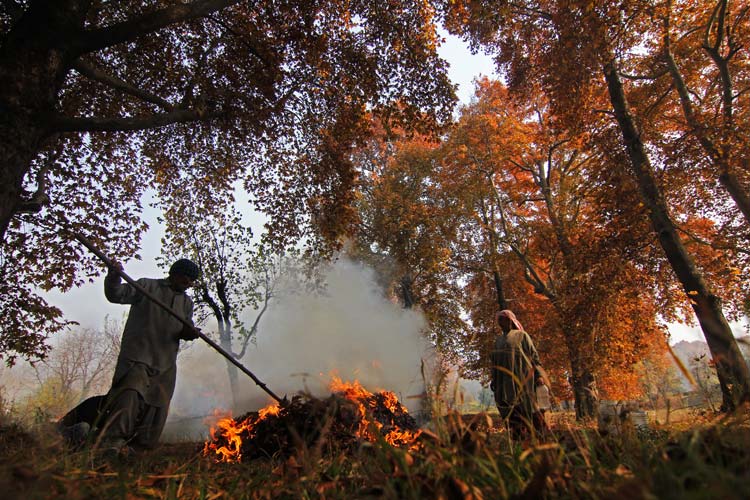What is the role of food in the month of fasting? Haseeb A Drabu professes that its epicurean aspects are markers of Kashmiri identity
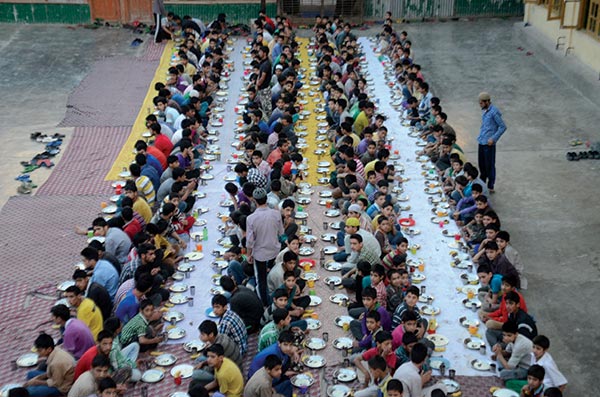
It may seem a tad paradoxical that along with the long hours of fasting, there is an intricate tradition of gastronomy that is associated with Mahiremzan (Mahi means the month, Ramzan). Even as Ramzan is dedicated to piety, fasting, and abstinence, the consumption and distribution of food hold considerable significance during this month. The interplay of fasting of the faithful, with feasting, not restricted only to the faithful, is a nuanced one that transcends many different aspects; from the medical to the cultural and from the nutritional to the social.
While it is often said, in jest or disparagingly, that Kashmiris eat more (and better) food during Ramzan, the fact is that understanding of personal needs to eat get reformulated through the experience of fasting. The meaning ascribed to eating not only get redefined, but it also acquires an important symbolic role. Of course, food becomes a site for control of the nafs, it is also a ritual marker of significant social relationships. Contrary to the popular perception that social life tends to be less intense during Ramzan, the fact is that certain relationships get intensified; one, for sure, is the family and the other, of course, is religious solidarity.
The Family Gatherings
While all over the Muslim world, eating in the month of Ramzan is in sharp contrast to everyday practices, in Kashmir, eating, which is usually considered a private affair, becomes a collective act of consumption, food offering and exchange. During Ramzan, without exception, families gather twice a day to partake sahr and iftaar, which is in contrast to the normal practice of daily meals. The family gatherings during sahr and iftaar become profoundly meaningful precisely because they contrast with everyday social behaviour.
Eating on these occasions’ signifies that one is taking part in a process in which the family enjoys a central position with the obvious reinforcing of family values and relations. The focus on food and the strict ritual of its timing makes a meal a bonding event across generations. Families are structurally determined to share the morning sahr as well as together break the fast in the evening, iftaar.
Even children, too young to fast, participate in the family ritual. For them, in addition to the regular sahr, “tappesahr”, is served around noon! They then participate in the iftaar gathering as “rozedaars”. It is also, of course, a way of weaning them into the practice of fasting when they come of age to do so.
The Ramzan Cuisine
As such, food has a huge harmonizing impact within families, across generations, larger kinship and eventually the society. The concerted effort on sharing, strengthening family and friendship ties adds a different dimension to the culinary culture. In the process, the tastes and preferences of individuals get subsumed by commonly accepted styles and traditionally inherited norms of food. This has resulted in the evolution of a distinctive Ramzan cuisine across social classes and hierarchies as discussed below.
Family bonding aside, during Ramzan there is a socialisation of relations through the exchange of food; often non-hierarchical. It is tantamount to the socialisation of food-seeking to strengthen social relations. The intrinsic relationship between food and kinship is reaffirmed and indeed accentuated. Not to speak of the iftaar get-togethers organised not only by the people in power but also by the larger civil society.
As such, during Ramzan, food becomes the most prominent ritual marker in Kashmir. In the name of ancestors and the dead, food, mostly halveh tschot, gets specially made and distributed regularly. An important event, the 17th day of Ramzan, second AH, when the revered battle of Badr was won, is remembered by cooking and sharing Doadraas (mutton cooked in milk, Aab Gosht) along with gyavt chotz with relative and neighbours.

The Vehicle of Blessing
This exchange of food during Ramzan is not only noteworthy but important for the reasons for which it is done. For one, food, though neither sanctified nor blessed, is seen and served as a vehicle of blessings. This is why, traditionally, food is sent to people praying in the local mosque. Food, not so long ago, used to be regularly sent to takias (local hospice). There is a widely held belief that feeding someone is equivalent to fasting. Hence, during Ramzan, along with the most important act of fasting, the act of feeding (and eating) becomes loaded with significance.
Philosophically, the “rules of Ramzan” in Kashmir get practised more as orthopraxy, shared ritual praxis, rather than orthodoxy. This is because of the deeply ingrained Sufi moorings of Kashmir’s civil society. Ramzan is not so much about practising asceticism or testing physical endurance or mental strengths. Rather, the month constitutes a practice that seeks to reaffirm and reassert identity in which food and cuisine also play an important role.
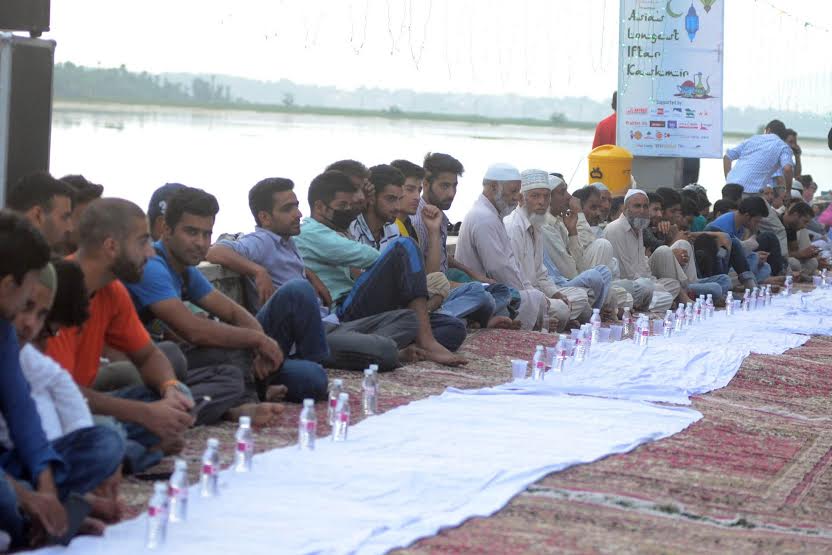
Ramzan Rules
From an epicurean perspective, the cuisine during this month undergoes a change; in the style of cooking, as also in substance. For instance, Ramzan cooking is characterised by a high degree of spice and tanginess. This is especially so for the sahr meals. Even though there are no distinctive techniques to create the dishes, a large part of the culinary culture that has developed around Ramzan includes a ceremony-like preparation before the food is eventually served. In all families, the spread is meticulously prepared, and a lot of emphasis and care is taken to make the Dastarkhan visually appealing and aromatic.
The structure of the meal also undergoes a major change. In the normal routine, Kashmiri household meals are not course-based but during Ramzan, both meals have three to four distinct courses. This, in part, draws from fact that the Ramzan diet has instructions not only for fasting but also for feasting.
The Dastarkhaun
Iftaar has to be done with dates, a common practice across cultures associated as it is with being a Sunnah. This is followed by a time-honoured traditional drink, a combination of milk and babribyol (basil seed or sabza), soaked over in water till they swell up. Medically, this has been proven to be sound: while the dates provide the body with the needed nourishment fast, the dairy drink helps prevent blood sugar from soaring too quickly.
The course-meal structure is also because one is encouraged to pray before eating the main meal because a short break between the starter and the entrée gives the body time to metabolise the dates and water that have been consumed and to start the body’s digestive processes, which have been resting all day.

Beginning with several small entrées such as fruits (which otherwise are curiously never a part Kashmiri meals despite being in such abundance), or a shamee kebab, it is followed by the main course. While the rice continues to be the staple, mild curry-based dishes are replaced by spicier and tangier ones. Minced mutton — koftas, kebabs, keemas – and buzithmaaz (spitfire meats) hold centre stage. By and large, the dishes are crisp, spicy and tangy. For once, vegetables do not play second fiddle to mutton in Kashmiri cuisines. Tamatar chaetin (Tomatoes cooked as a thick sauce) are an absolute essential, equivalent to the leafy haak in normal times. Yoghurt, which is a major ingredient in Kashmiri cooking, makes its presence felt in different forms, playing the role of pro-biotic during Ramzan.
An interesting variation, Buraen (hung card infused with garlic, similar to the Greek Tzatziki) with a cooked brijal topping is a unique variation. Fish is avoided because in Kashmir it is believed to not only induce thirst but also known to interact with dairy products.
The Bread
As an accompaniment for these drier dishes, during Ramzan the wide array of bread have also undergone a change in size, taste and texture. The traditional Tschot becomes bigger, the sprinkling of poppy seed becomes rather generous and it is prepared with ghee; the fabled ghav tschot. A variation, available only during Ramzan is the varki gyavtscot (a layered leavened bread) that comes out of the tandoor in abundance only during this period. Not so long ago, a maaz-naan was made in downtown Srinagar.
When the holy month gets observed during spring, a lot of lighter and fresher food alternatives come into play. Wostehaak, for example, with a squeeze of lemon or with an egg mashed in, becomes an alternative to tomatoes. A lot of herb-based side dishes and accompaniments like chutneys, also find a place to make a visually appealing and colourful dastrakahn. The careful detailing of food perhaps draws from the symbolic take of “manna from heaven”.

A Divide
While patterns of food traditions with the valley are by and large uniform, there is a sharp rural-urban divide. In the urban areas, iftaar is a light meal, followed by an elaborate dinner. Contrary to this, in the rural areas, iftaar is the main meal, rather heavy, followed by tea with the ubiquitous gyav tschot at dinner time. Thus the processes and procedures of iftaar and Sahr, are a construct intra-regional affiliations. Within the same culture, a group often defines the neighbouring group based on the iftaar traditions.
All these small details of what is eaten and how it is cooked furthers food and cuisine as a central component of the sense of collective belonging of Kashmiris. It has been observed that certain features of cuisine are sometimes retained even when even the language itself has been forgotten. The membership of a culture or a group is often asserted by the specificity of what is eaten, or more precisely, how it is cooked during universalised occasions. It is a way of defining the otherness, the difference with others, even within the same fraternity.




